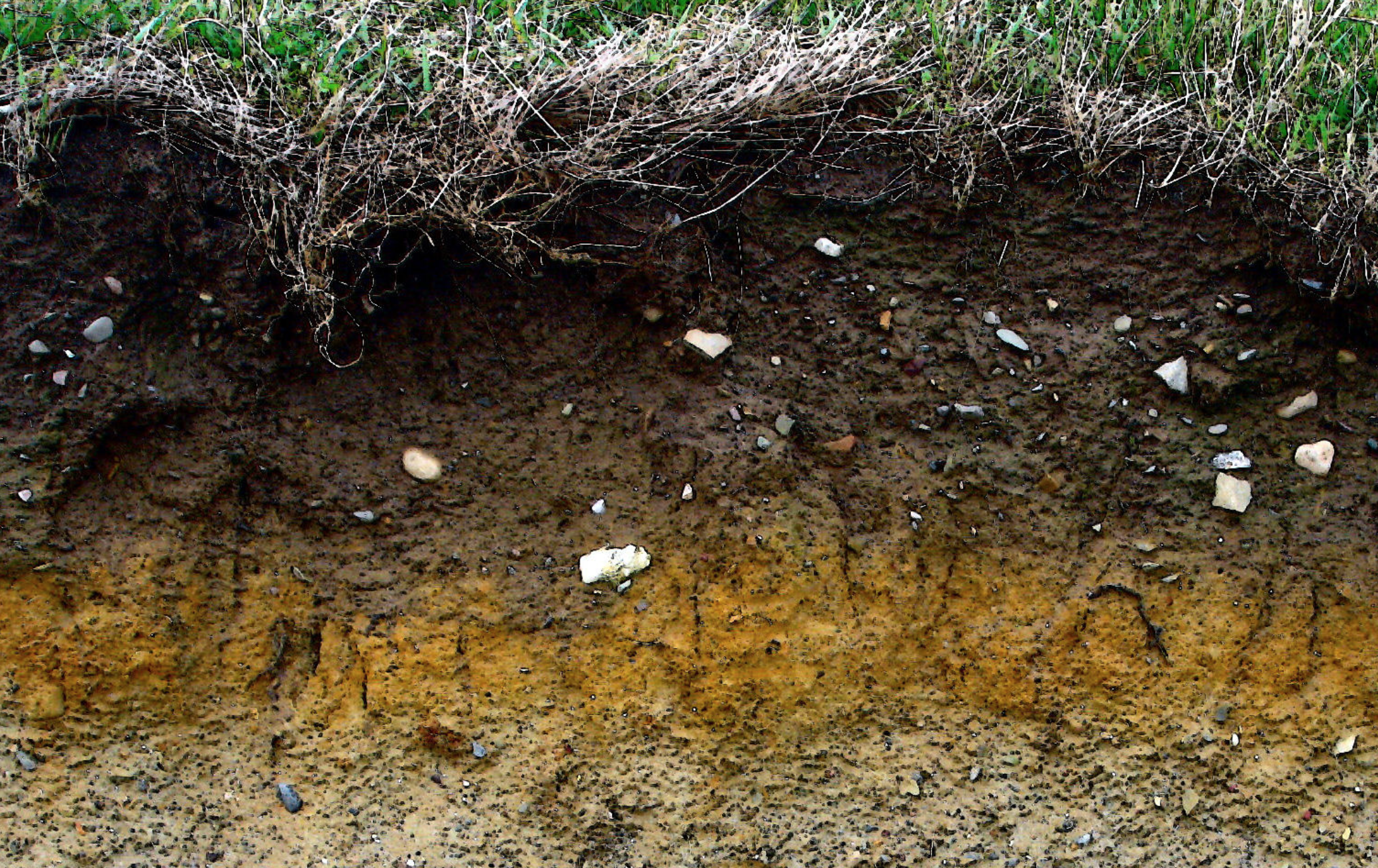Fungal cultivation has evolved separately around 10 times, though only insects seemed to figure out this fungal farming ecology. That is until two researchers described a non-insect fungal cultivator that maintains fungal gardens on cordgrass in intertidal marine habitats called marshes. Everybody, I'd like you to meet the fungal farming snail.
Read moreFungal farming snails
Littoraria irrorata on cordgrass (Spartina sp.)






